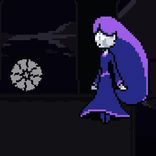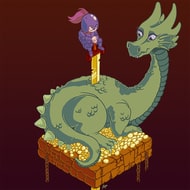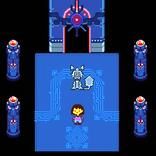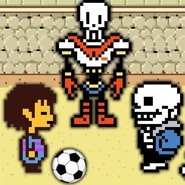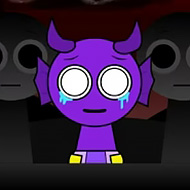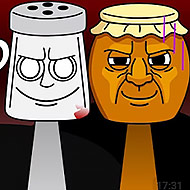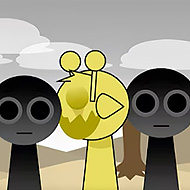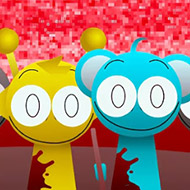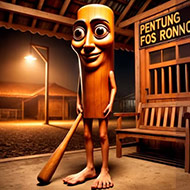
Tung Tung Tung Sahur
Tung Tung Tung Sahur is a rhythm-based reaction game that weaves timing, movement, and culture into one constantly shifting experience. Players are challenged not only to stay on beat but to decode what the rhythm means in different settings. Each level comes alive with layered sound cues, visually rich environments, and context-driven interactions. Rather than just tapping notes in time, players must adapt to a world that changes depending on the beat—creating a fusion of gameplay and sensory immersion.
Rhythm Interpreted Through Motion and Meaning
In most rhythm games, success comes from memorizing patterns or reacting quickly. In Tung Tung Tung Sahur, those elements still exist—but they’re only the beginning. The game introduces contextual audio: beats act as signals not only for movement but also for shifting gameplay rules. One beat might signal a jump, another a dodge, while a sudden silence could indicate danger or a reversal of control. This makes the rhythm feel alive, more like a language than a sequence.
- Layered Cues: Visual and audio prompts are often symbolic, requiring players to interpret what action to take rather than just react blindly.
- Dynamic Beatmaps: No two runs feel exactly the same. Tempo, layout, and even objectives may shift based on previous choices or timing accuracy.
- Interactive Scenery: Background elements aren’t just decorative—they move, react, or obstruct based on your timing.
Visually Rich, Culture-Driven Design
One of the standout features of Tung Tung Tung Sahur is how it blends rhythmic gameplay with storytelling through art and symbolism. Each level is inspired by a different visual or cultural motif, and these aren’t just surface-level decorations. Instead, they affect how you play: backgrounds pulse with the music, symbolic imagery provides subtle hints, and recurring visual themes change how beats are interpreted. These aren’t random designs—they’re part of the rhythm puzzle itself.
- Theme-Based Levels: Levels are structured around different cultural settings, adding variety and meaning to each stage.
- Environment as Interface: Players may need to read the scene to understand what action the beat implies—like jumping over lanterns or dodging dancing figures.
- Music-Driven Evolution: As the rhythm grows more complex, so do the visuals, requiring players to adjust visually as well as rhythmically.
Gameplay Modes That Challenge Timing and Focus
Beyond the main experience, Tung Tung Tung Sahur offers additional modes designed to stretch your reflexes and musical intuition. Challenge Mode removes visual cues, requiring players to rely solely on sound. In Contrast Mode, background distractions increase while beat patterns become subtler. Together, these modes ensure the game remains unpredictable and replayable—each run offering a slightly different challenge depending on what tools you rely on most.
- Standard Mode: Mixes visual and sound-based cues to ease players into the system.
- Sound-Only Challenge: Strips away visual help to test pure rhythm recognition.
- Contrast Mode: Increases visual chaos while reducing beat visibility for advanced players.
More Than Just Hitting Notes
What makes Tung Tung Tung Sahur stand out is its demand for active interpretation. You don’t just play the rhythm—you become part of it, adapting as it evolves and throws new obstacles in your path. Whether reacting to cultural imagery, navigating abstract sequences, or feeling your way through shifting tempos, you’ll need both focus and flexibility to succeed. This is a game that turns music into a living system and invites players to listen with their eyes, their hands, and their instincts.
Tung Tung Tung Sahur transforms rhythm into more than just a game mechanic—it becomes the very language through which the entire game is experienced and understood.








